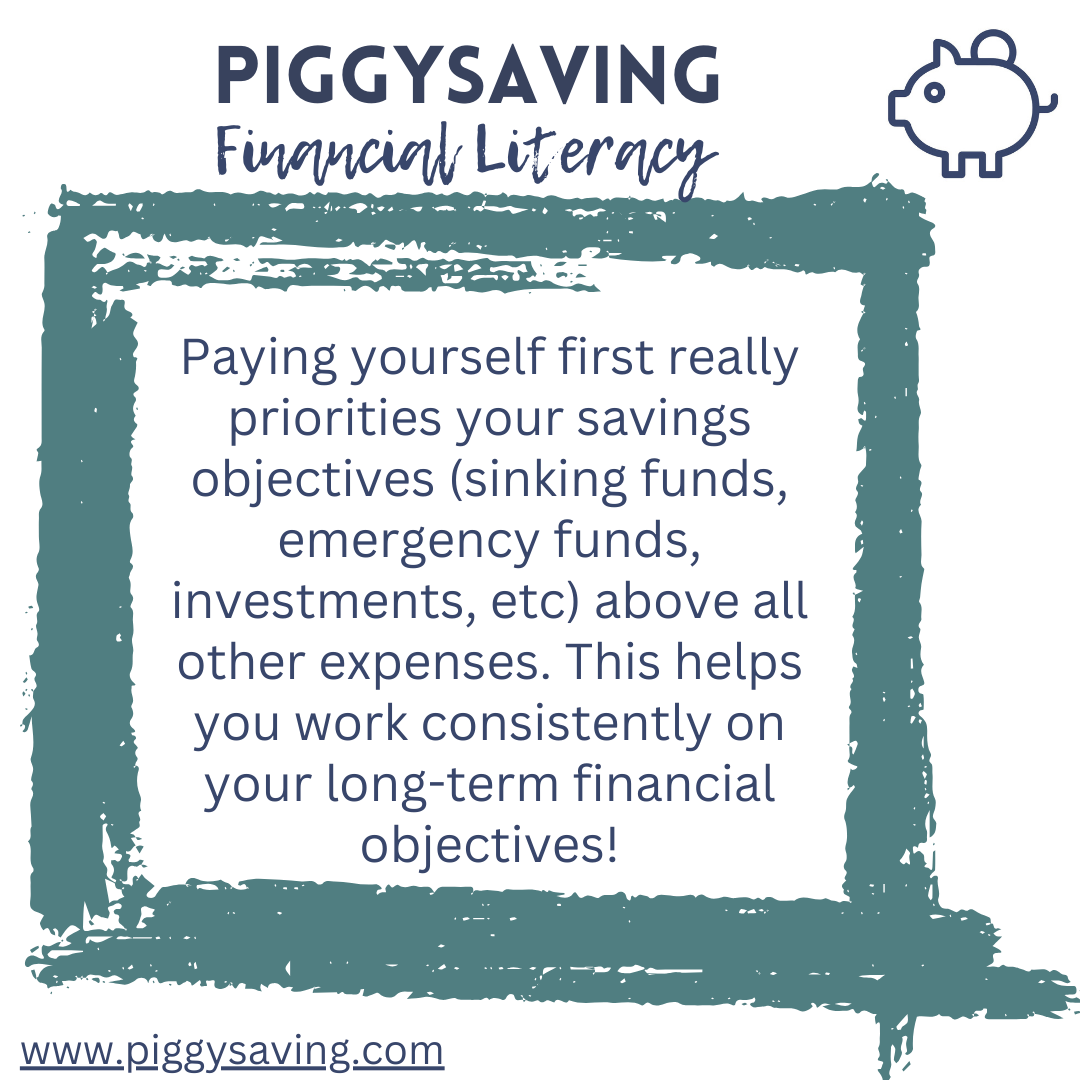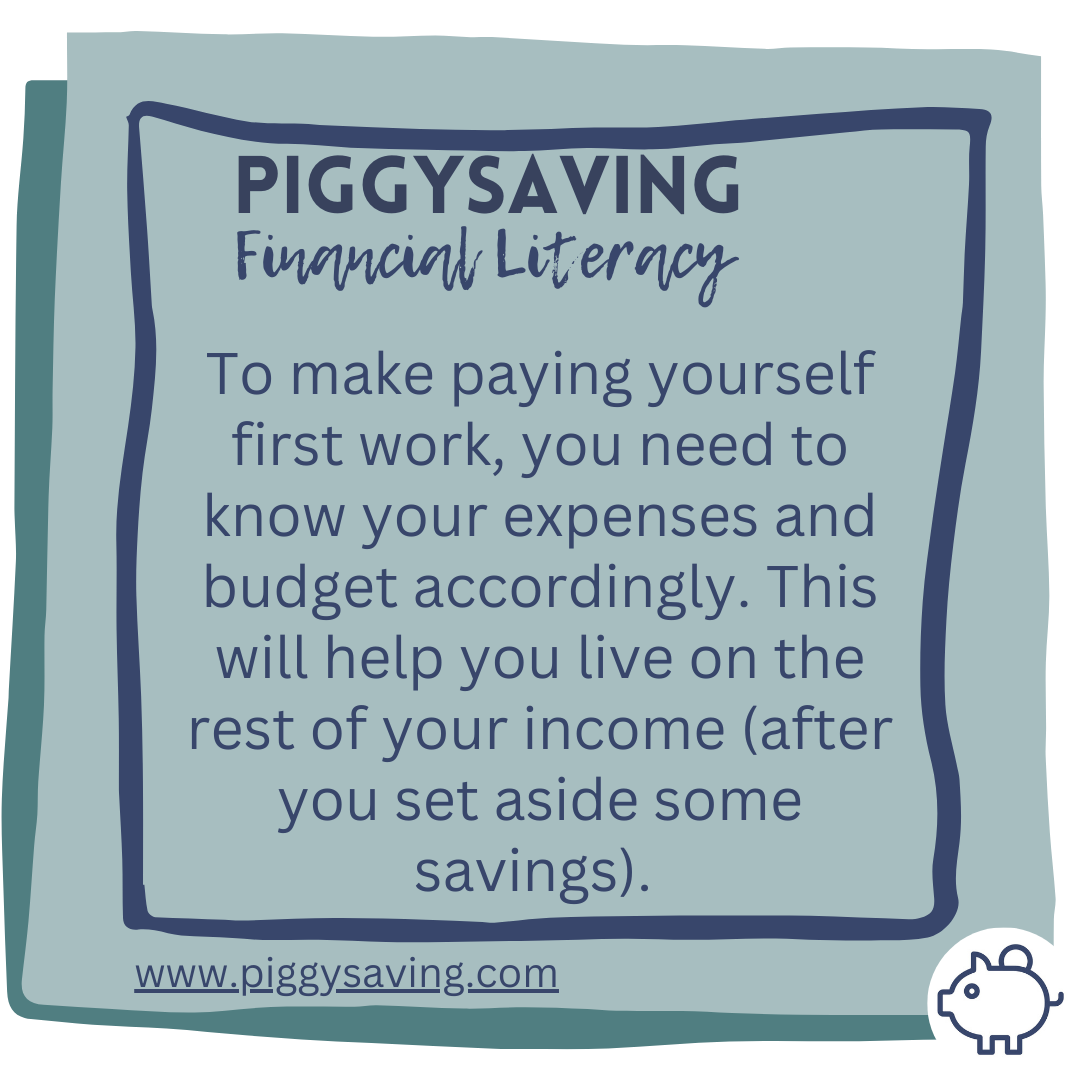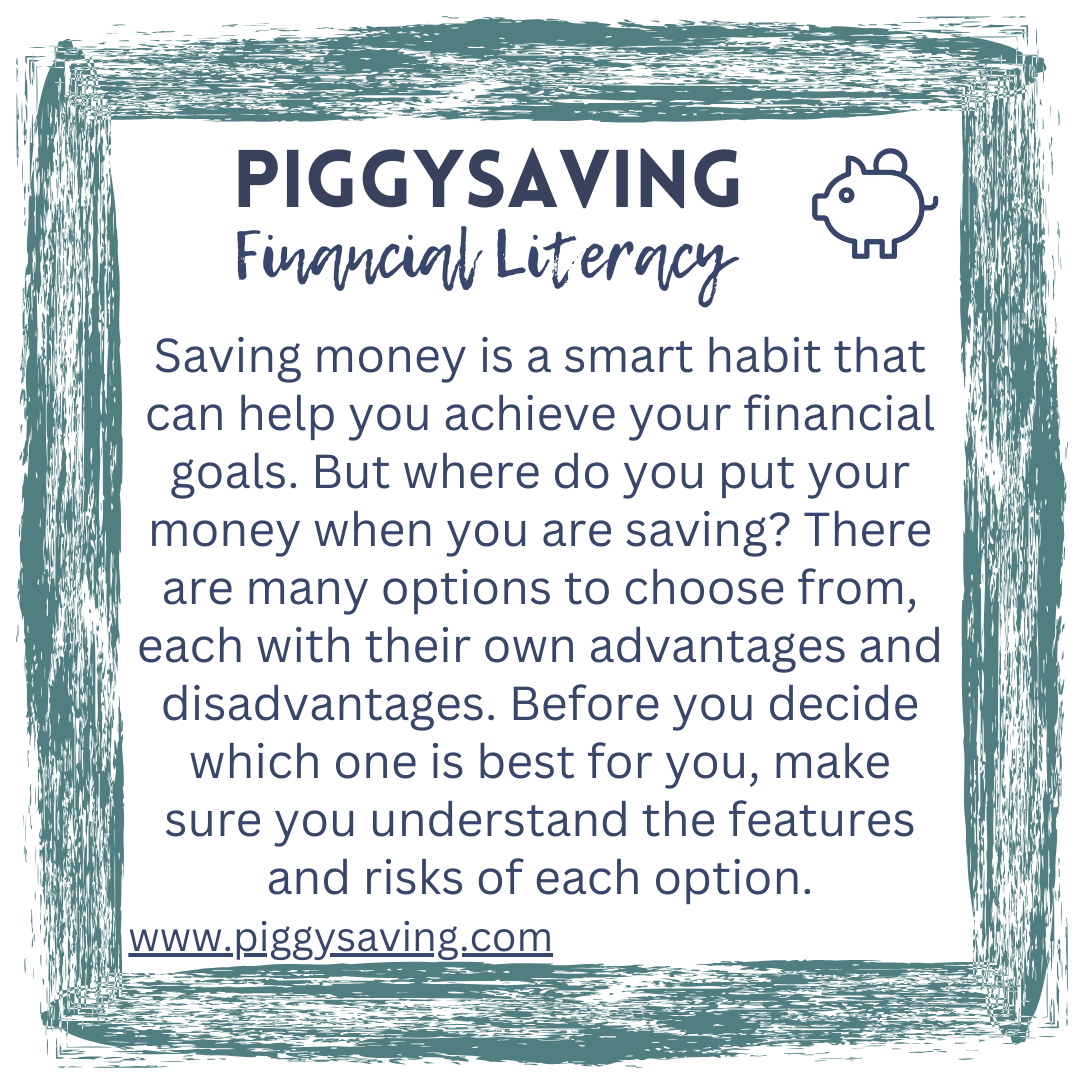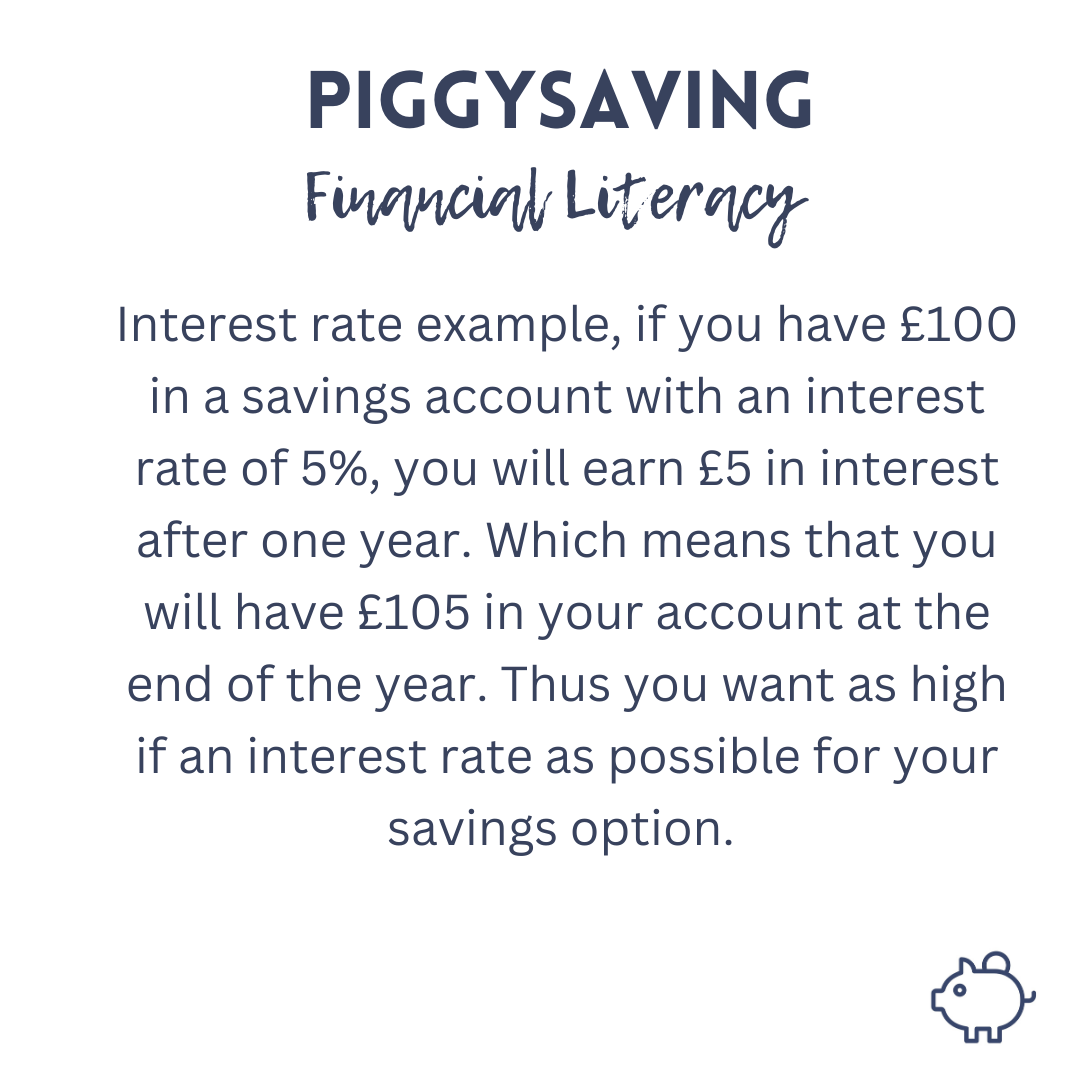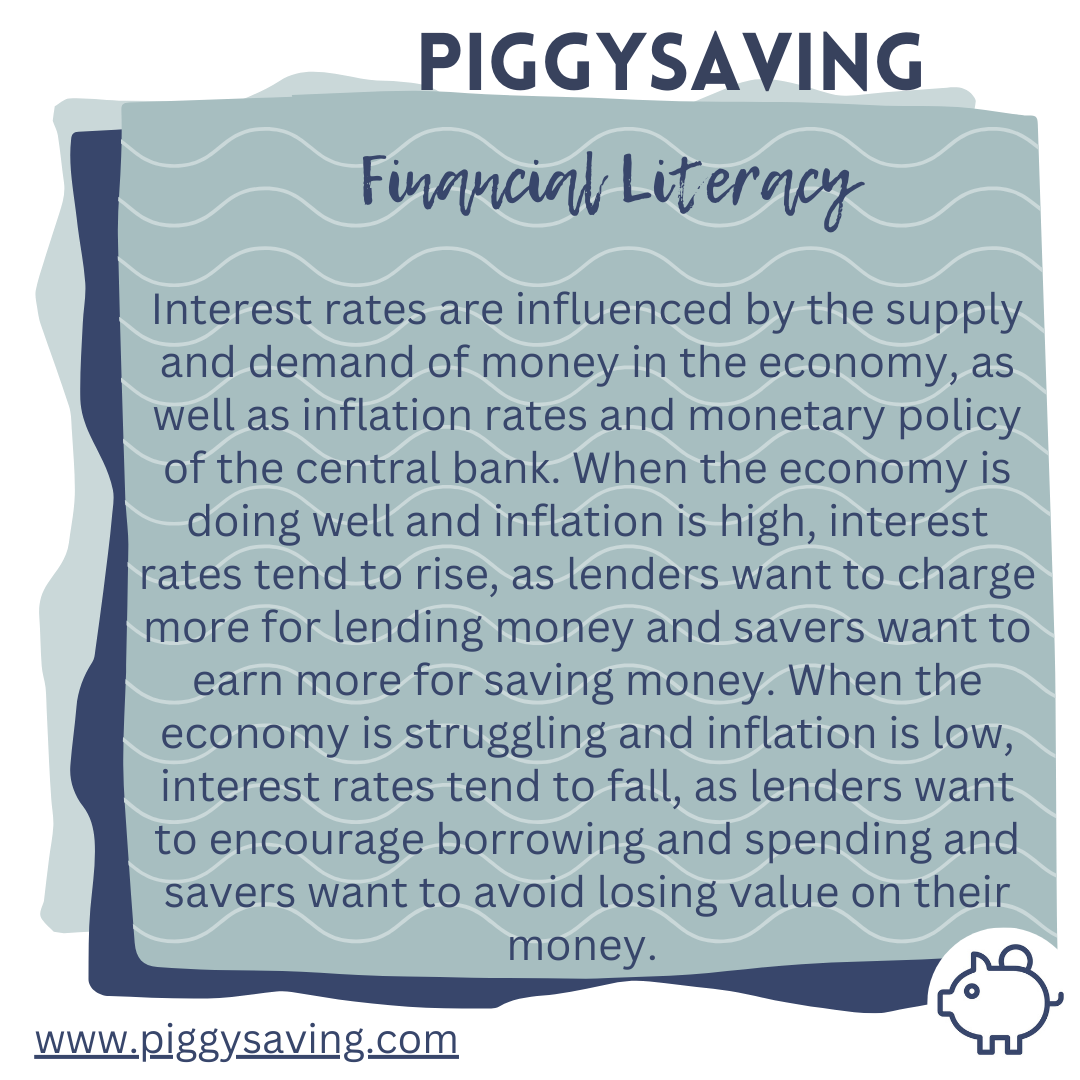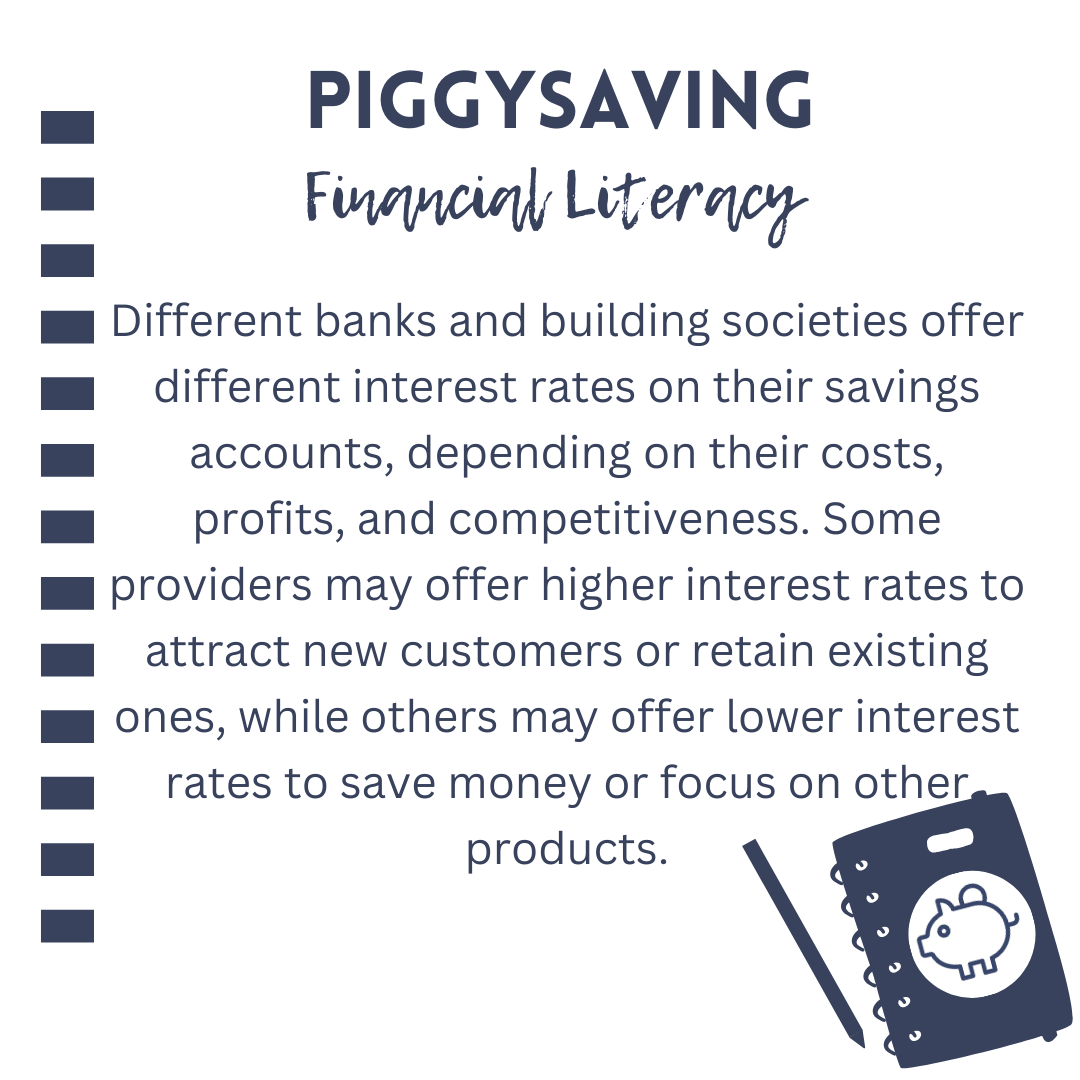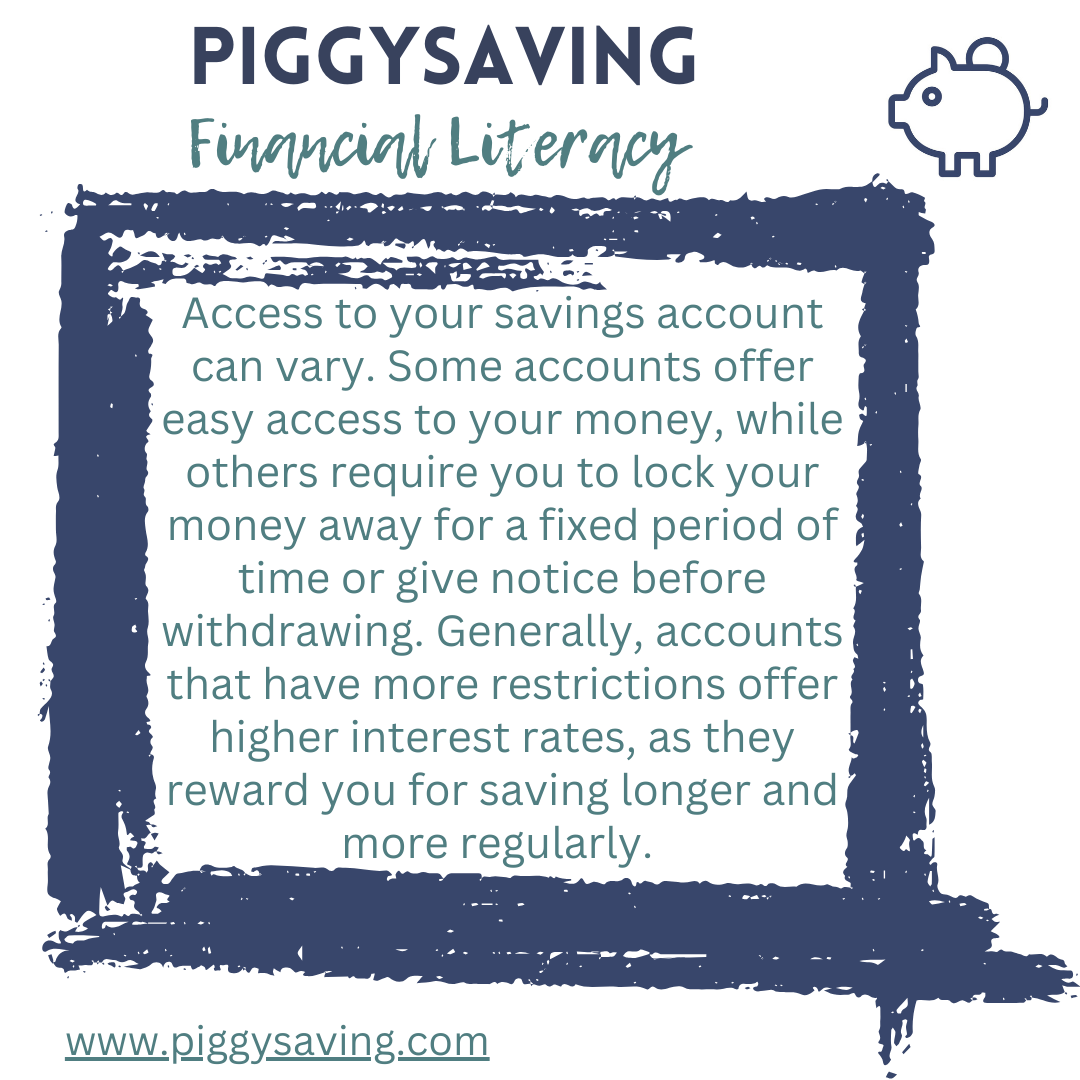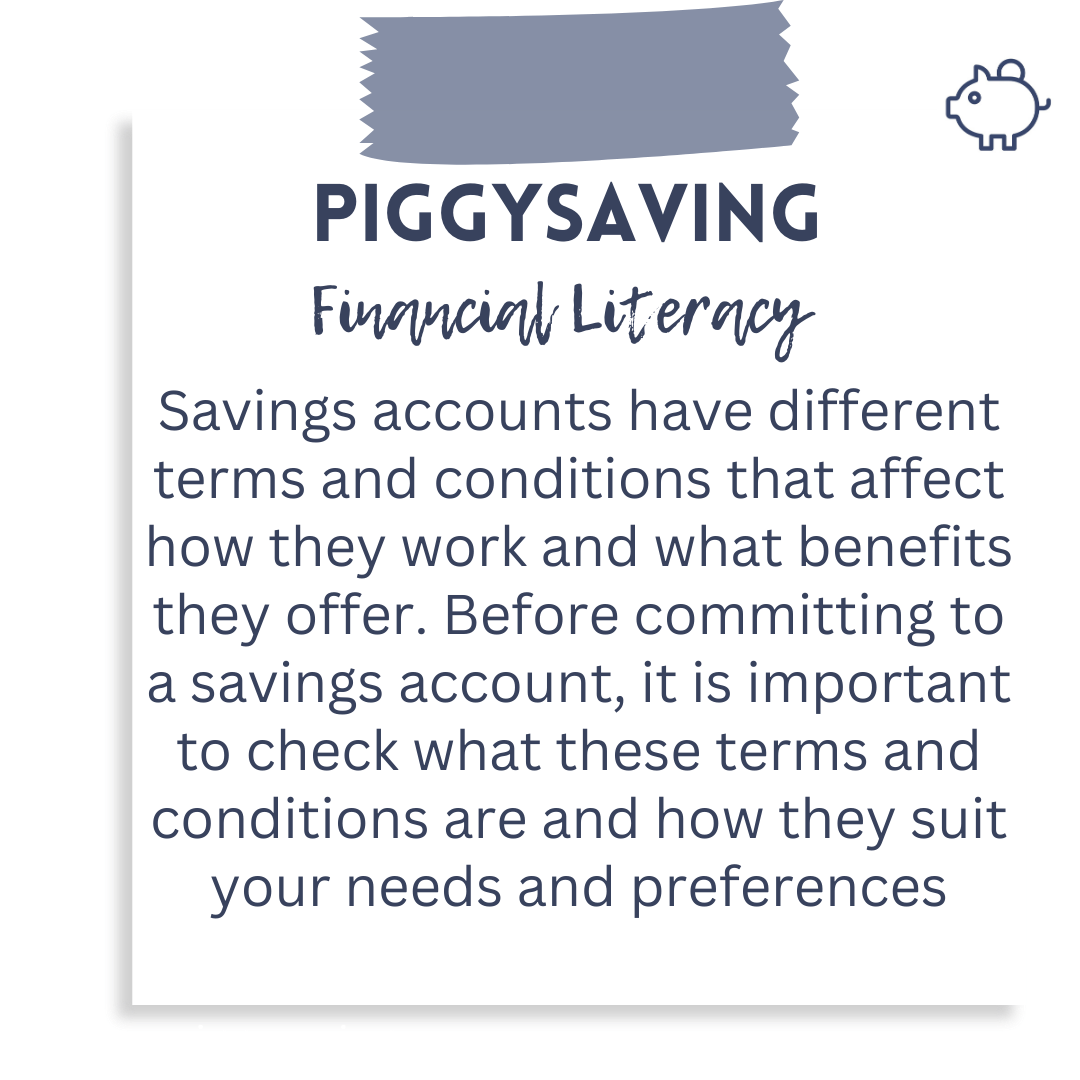Financial Literacy in bite sizes
Oct. 14, 2023
Paying yourself first really priorities your savings objectives (sinking funds, emergency funds, investments, etc) above all other expenses. This helps you work consistently on your long-term financial objectives!
#payyourselffirst #savingsgoals #longtermgoals
Oct. 16, 2023
To make paying yourself first work, you need to know your expenses and budget accordingly. This will help you live on the rest of your income (after you set aside some savings).
#payyourselffirst #savingsgoals
Oct. 19, 2023
Saving money is a smart habit that can help you achieve your financial goals. But where do you put your money when you are saving? There are many options to choose from, each with their own advantages and disadvantages. Before you decide which one is best for you, make sure you understand the features and risks of each option.
#savingoptions
Oct. 20, 2023
When you save money in a savings account, you earn interest on your balance. The interest rate tells you how much interest you will earn per year as a percentage of your balance. This mean that your money is "working for you".
#interestrates #savingaccounts
Oct. 24, 2023
Interest rate example, if you have £100 in a savings account with an interest rate of 5%, you will earn £5 in interest after one year. Which means that you will have £105 in your account at the end of the year. Thus you want as high if an interest rate as possible for your savings option.
#interestrates #savingaccounts
Oct. 25, 2023
Interest rates are influenced by the supply and demand of money in the economy, as well as inflation rates and monetary policy of the central bank. When the economy is doing well and inflation is high, interest rates tend to rise, as lenders want to charge more for lending money and savers want to earn more for saving money. When the economy is struggling and inflation is low, interest rates tend to fall, as lenders want to encourage borrowing and spending and savers want to avoid losing value on their money.
#interestrates #savingaccounts
Oct. 28, 2023
Different banks and building societies offer different interest rates on their savings accounts, depending on their costs, profits, and competitiveness. Some providers may offer higher interest rates to attract new customers or retain existing ones, while others may offer lower interest rates to save money or focus on other products.
#interestrates #savingaccounts
Oct. 30, 2023
Access to your savings account can vary. Some accounts offer easy access to your money, while others require you to lock your money away for a fixed period of time or give notice before withdrawing. Generally, accounts that have more restrictions offer higher interest rates, as they reward you for saving longer and more regularly.
#savingaccounts
Nov. 2, 2023
Savings accounts have different terms and conditions that affect how they work and what benefits they offer. Before committing to a savings account, it is important to check what these terms and conditions are and how they suit your needs and preferences.
#savingoptions #termsandconditions
Nov. 3, 2023
T&Cs on savings accounts can cover a variety of topics. Some include: The fees and charges that apply to the account, such as for opening, closing, maintaining, or withdrawing. The minimum and maximum balance that you can have in the account. The notice period or maturity date that you have to follow to access your money. The withdrawal limits or restrictions that apply to the account, such as the number, amount, or frequency of withdrawals
#savingoptions #termsandconditions
